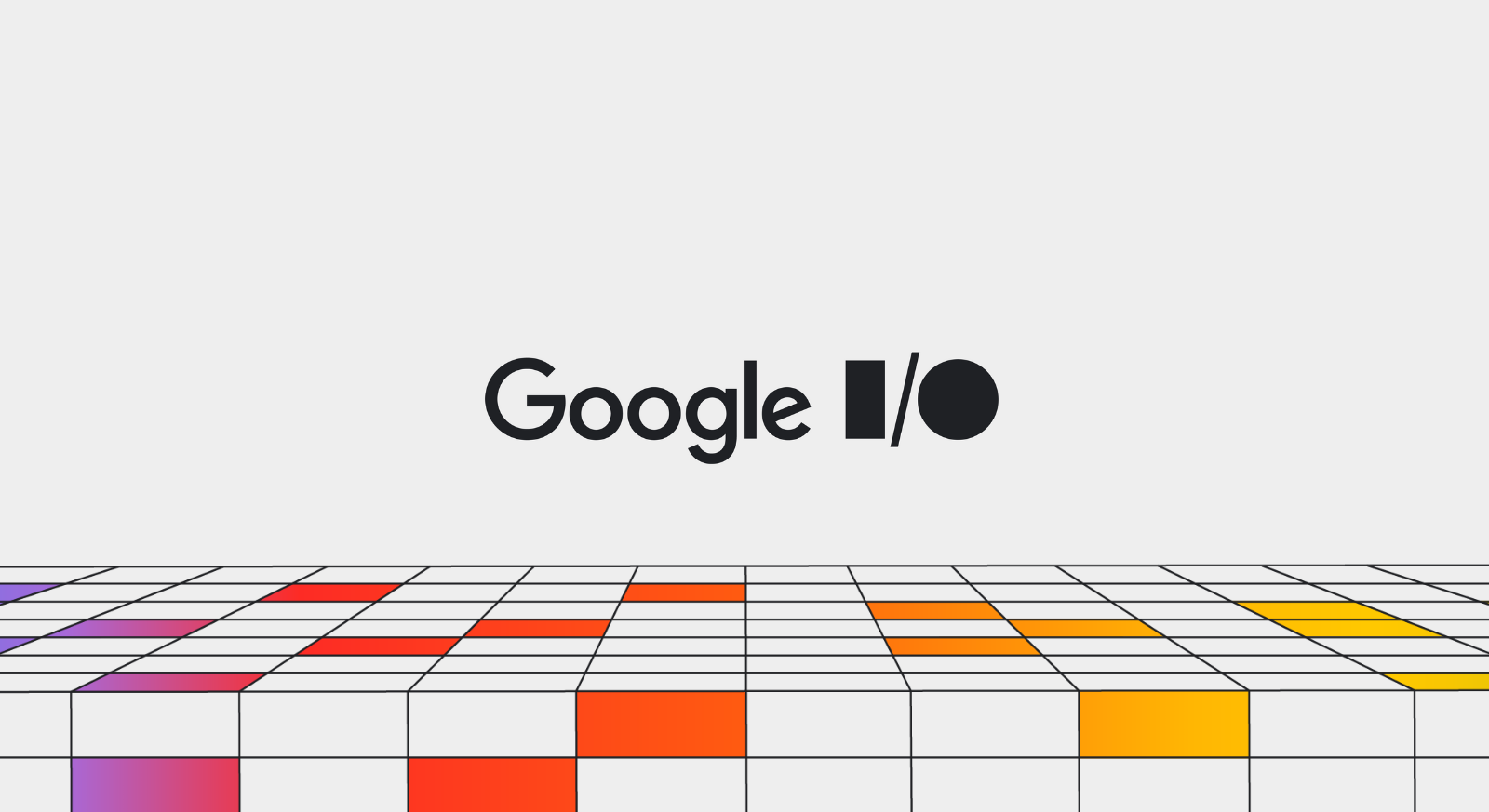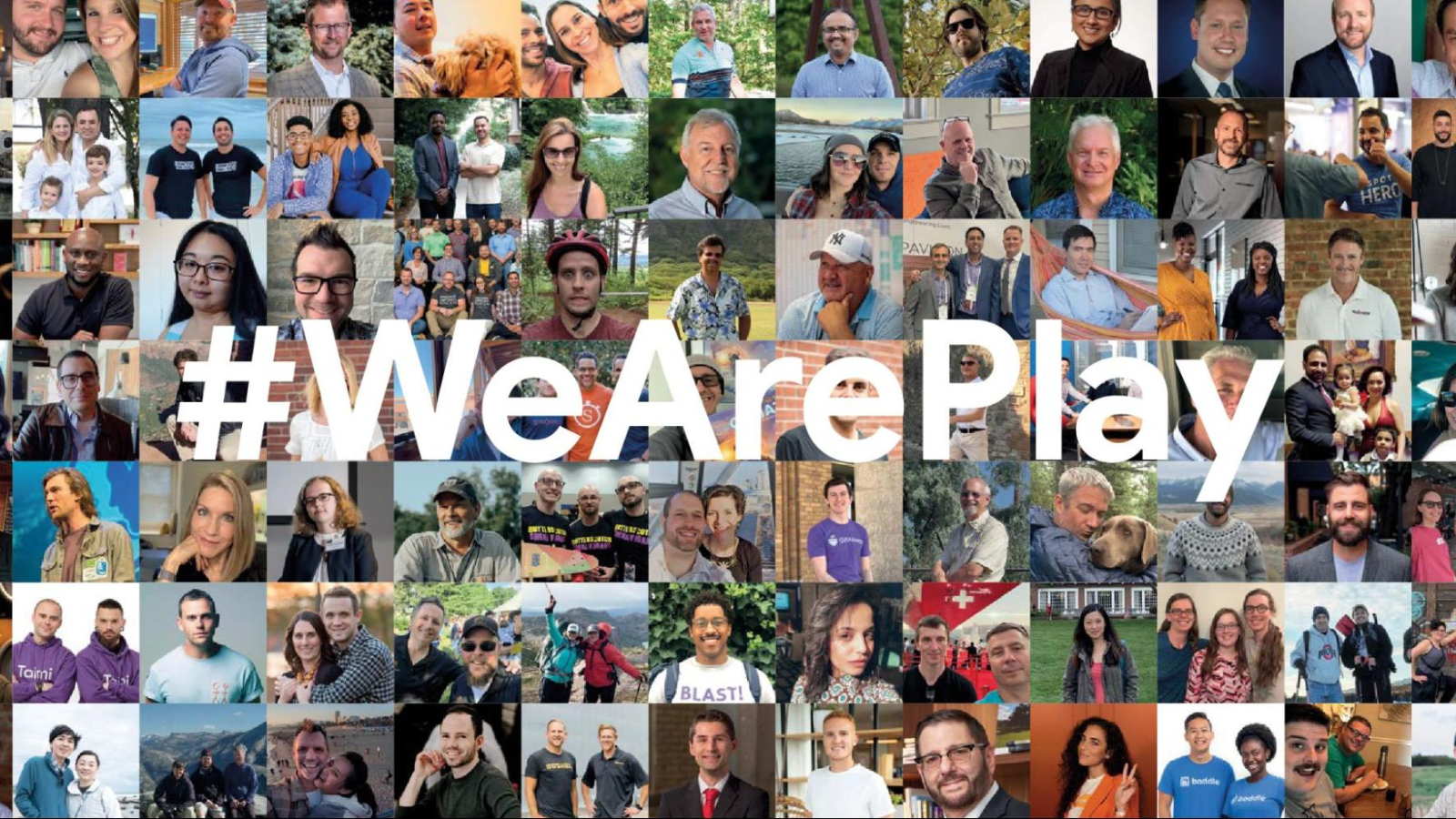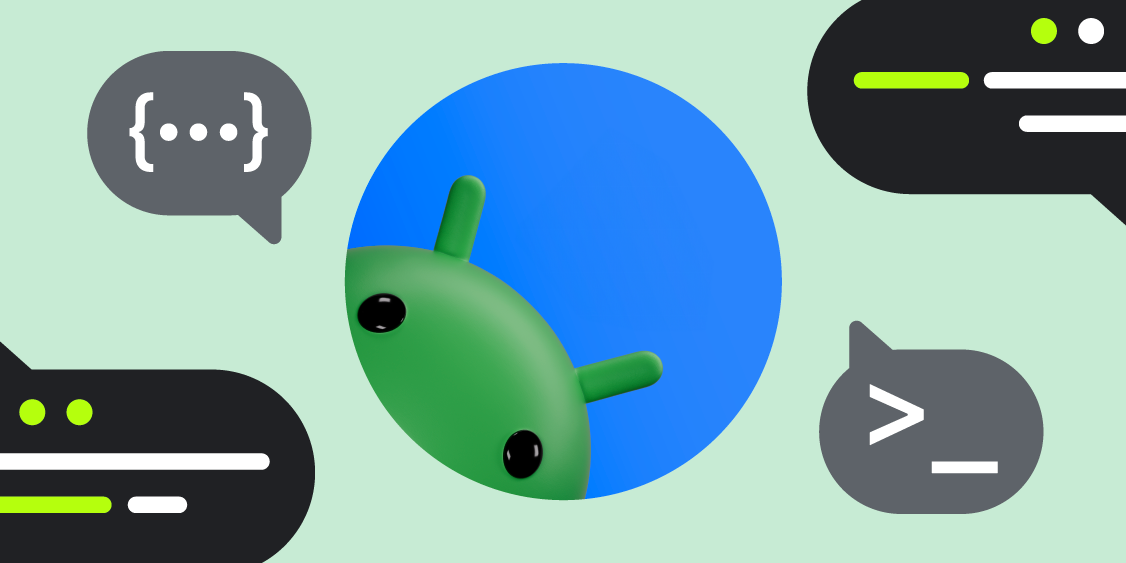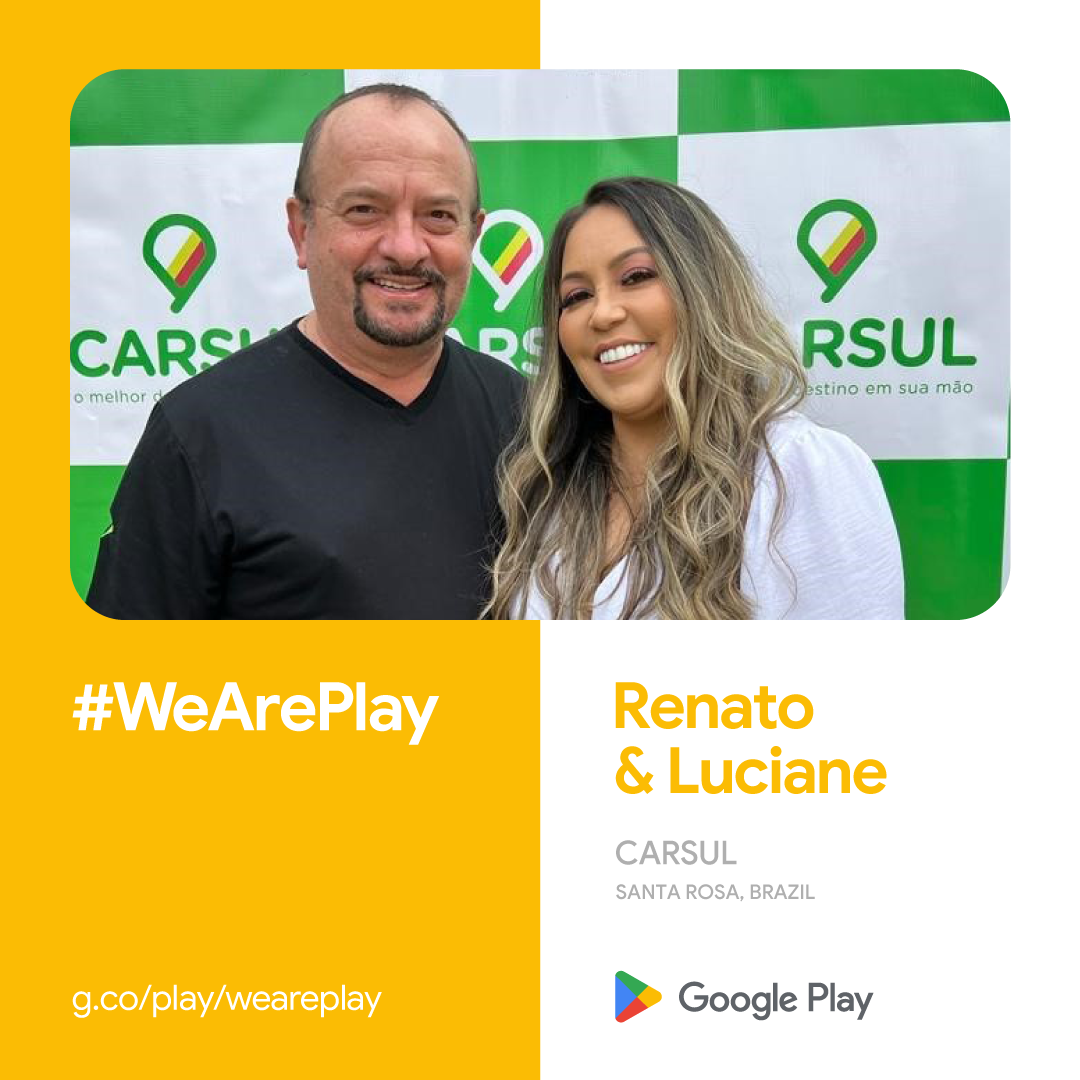
#WeArePlay celebrates the inspiring journeys of people behind apps and games on Google Play. In honor of Pride Month, we are highlighting founders who have built tools to empower the LGBTQIA+ community. From dating apps to mental health tools, to storytelling platforms - these founders are paving the way for more inclusive technology.
npckc is a game creator from Kanto, Japan whose stories portray the trans experience

Born in Hong Kong and raised in Canada, npckc is a trilingual translator based in Japan. A self-taught programmer, they create games that feature stories and characters which are often from marginalized communities. One such game is "one night, hot springs" where players follow Haru, a trans woman, as she embarks on a visit to the hot springs. Players have praised the game's realistic portrayal of trans experiences and the relaxing music composed by npckc's partner, sdhizumi. As a finalist in Google Play's Indie Games Festival in Japan, they hope to attend more gaming conventions to connect with fellow developers in person.
Anshul and Rohan from Mumbai, India built a mental health support app geared to the LGBTQIA+ community’s needs

After Anshul returned to India from London, he met Rohan and the pair bonded over their mental health struggles. Together they shared a dream; to create something in the wellness space. This became Evolve, an app with guided meditations, breathing exercises, and daily affirmations. When the pandemic hit, the pair saw first-hand how underserved the LGBTQIA+ community was in mental health support. For Rohan, who identifies as a gay man, this realization hit close to home. Together, Anshul and Rohan redeveloped Evolve towards the LGBTQIA+ community’s specific needs - building a safe space where users can share their experiences, seek mentorship, and build a supportive community.
BáiYù from Indiana, U.S. created a platform to publish authentic, queer visual novels and indie games

Queer developer BáiYù loves writing stories, and started making games at age 16. Part of a game-development community, BáiYù wanted an affordable way to help get their creations out. So they set up Project Ensō, publishing queer visual novels and narrative indie games. With 10 titles on Google Play, BáiYù supports other developers from under-represented groups to share their own authentic stories on Project Ensō, even polishing their games before release. The most popular title on Project Ensō is “Yearning: A Gay Story”, in which gamers play a newly-out gay man navigating his freshman year of college. BáiYù's efforts have had a profound impact on players, with many sharing how these games have positively transformed their lives.
Alex and Jake from Nevada, U.S. built an inclusive dating app and social community for everyone

Alex and Jake grew up in an environment that didn’t accept the LGBTQIA+ community. They started building apps together after a mutual friend introduced them. When they realized that queer people were looking for a platform that offered support and meaningful connections, they created Taimi. Taimi is not just a dating app for LGBTQIA+ people; it's also a social network where they can bond, build community, and feel safe. Alex and Jake are also proud to partner with NGOs that provide mental health support for the community.
Discover more stories of app and game creators in #WeArePlay.

 Posted by Robbie McLachlan – Developer Marketing
Posted by Robbie McLachlan – Developer Marketing




 Posted by
Posted by 

 Posted by Leticia Lago – Developer Marketing
Posted by Leticia Lago – Developer Marketing


 Posted by Ash Nohe and Tram Bui – Developer Relations Engineers
Posted by Ash Nohe and Tram Bui – Developer Relations Engineers













